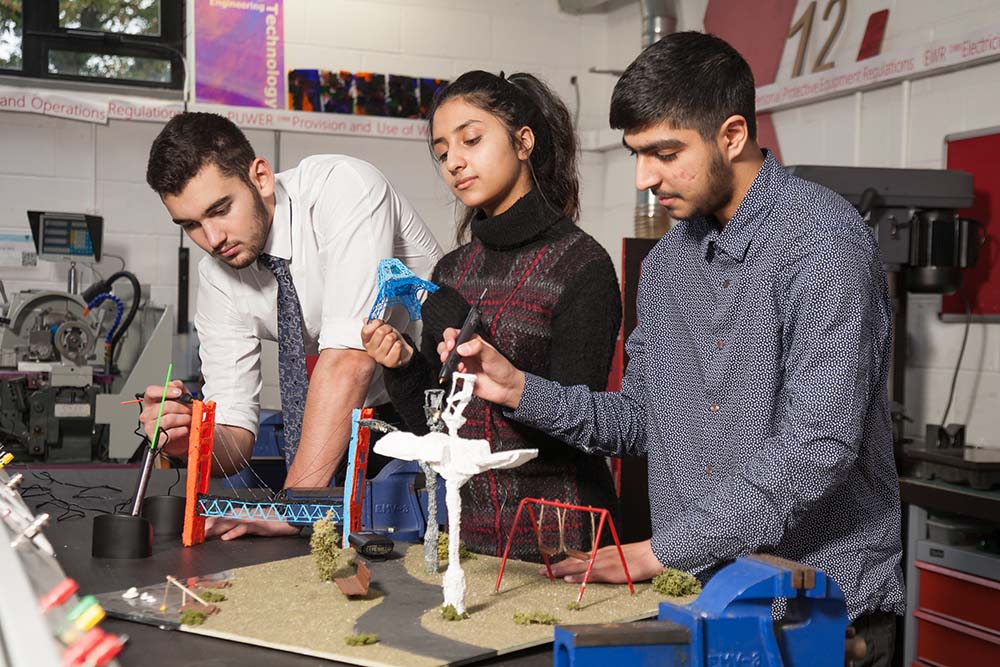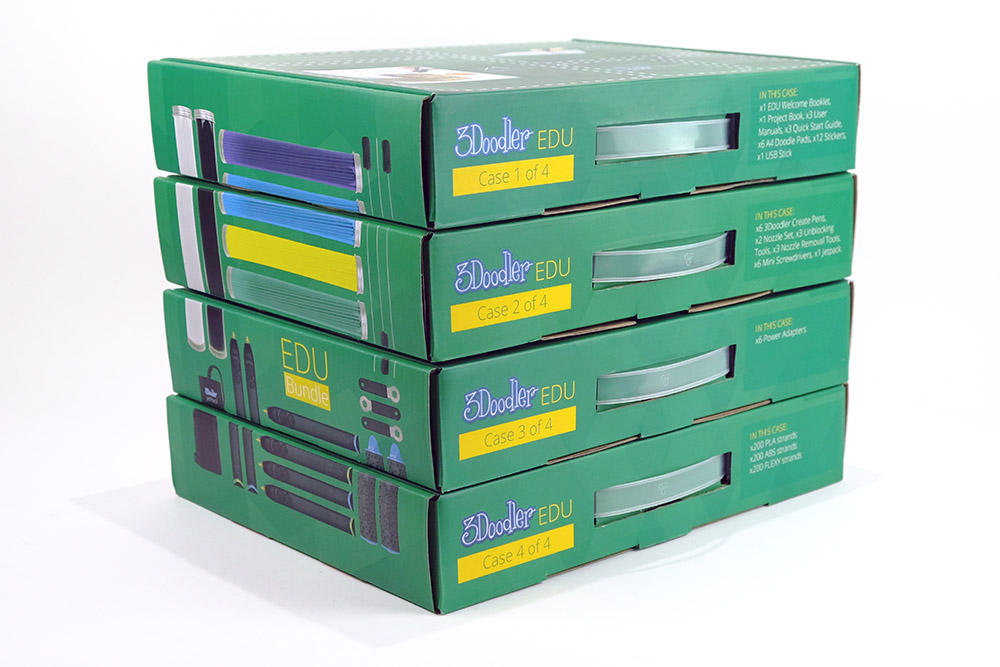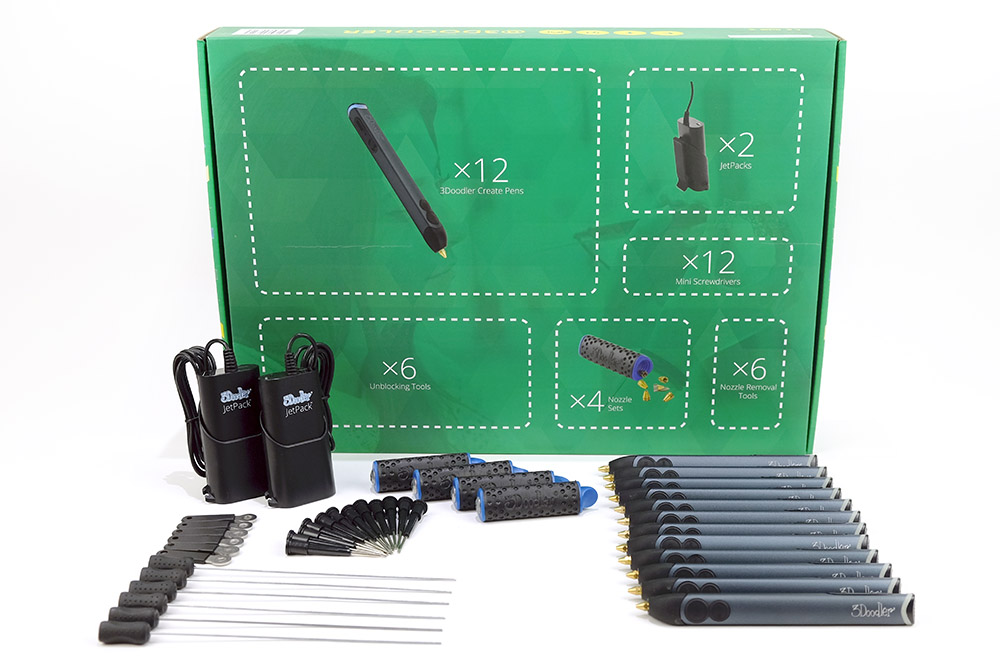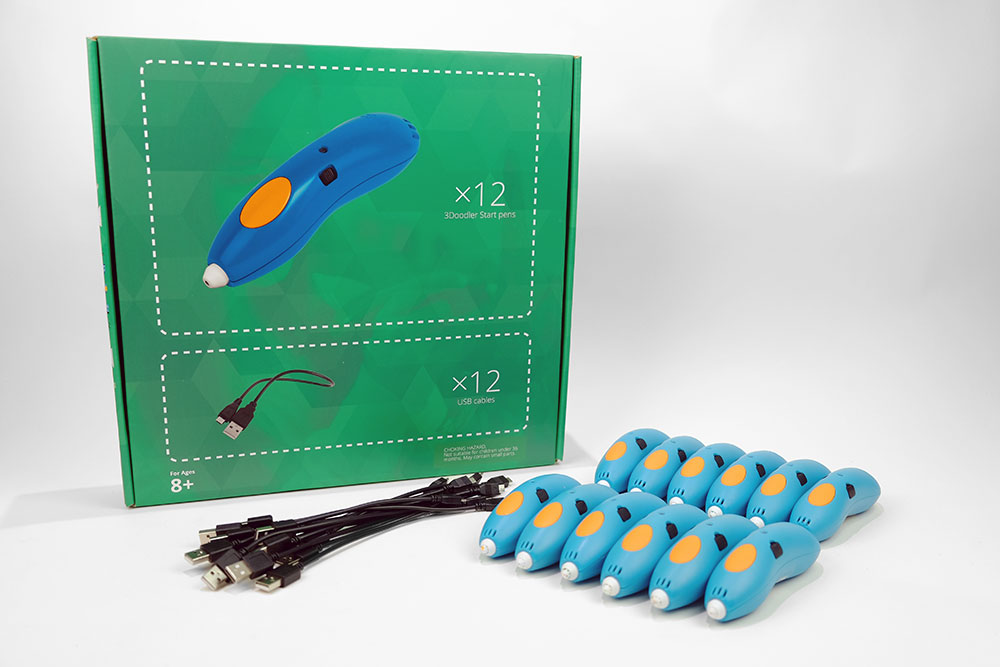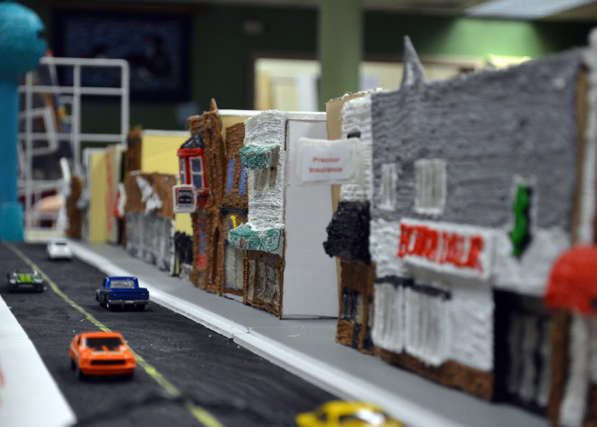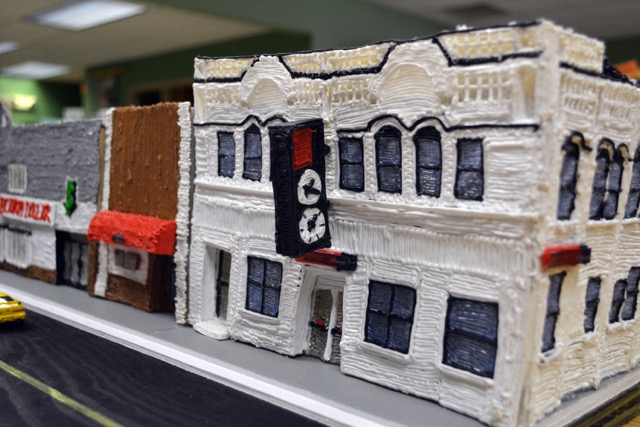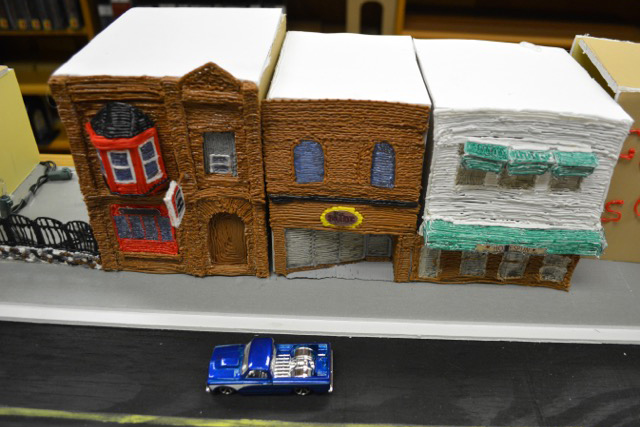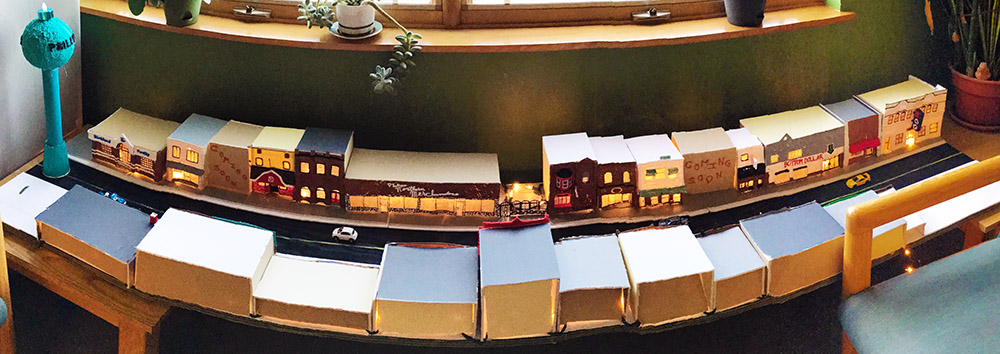“Why don’t you add Bluetooth? Or have an app? Or put more sensors in it? You can get in the Apple Store!”. But that wasn’t what we were doing, or what 3Doodler is about. Sure it’s tempting to adapt a product and add bells and whistles so that you can sell even more, but at what cost?
What we sacrificed was being able to say we were part of the Internet of things. What we gained was the ability for anyone, tech savvy or not, young or old, smartphone equipped or not, to use our pens.
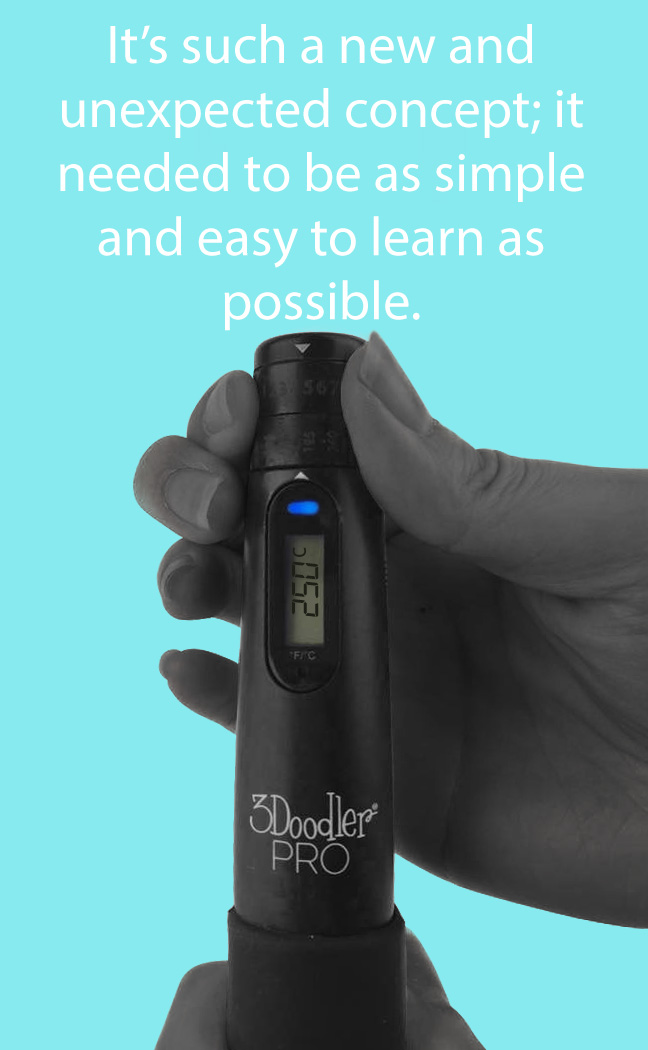
The idea of a 3D pen is such a new and unexpected concept that it needed to be as simple and easy to learn as possible. A tactile experience, just like using a pen or a pencil.
We’ve stayed true to that philosophy for over four years, and even with the release of the 3Doodler PRO, our most advanced product, it’s all about getting tactile, and eradicating any barriers that might exist between a user and their ability to create what they want.
"It’s about connecting you and your movements with the pen, and there’s no better way to do that than with your hands"-Howard Share
If anything we’ve been on a mission to make our products even simpler, not more complex; and not more connected or virtual. For example, the PRO has dials where it could have had switches (or an app that communicates with the pen). As a user gently turns those dials the pen responds, raising the speed or the temperature the same way one would gently nudge up the volume on a sound system. It’s about connecting you and your movements with the pen, and there’s no better way to do that than letting people get hands on.
That same tactile experience has also driven much of what we do in education. Back in 2014 we started to work with teachers for the blind and partially sighted, using our pens to draw instant tactile learning aids. In 2015 we ran a case study with a UK-based school and found, conclusively, that the tactile experience of using the 3Doodler gave visual learners a welcome leg-up in class.
Now with the kid-safe 3Doodler Start, which is completely cool to the touch, the scope for getting hands on has jumped another level. Users can touch and mould their Doodles the instant they come out of the pen – and those same blind and partially sighted students now have a pen they can use safely without any concerns about hot plastic.

So while the world is putting iPads in front of kids, or trying to connect everything to the big wide web, we’re putting down the screens and asking you to pick up, feel and craft; to rediscover what you can do with your hands in an unvirtual reality. We’re using the power of touch – and not the screen – to take you back to an era (not that long ago!) when creativity and play meant doing something with your hands.
And it’s working. As we near 2017 we’ll be marking our millionth 3Doodler, with users creating everything from curricular aids, to architectural replicas, 3Doodled dresses and cars, as well as art that is being proudly displayed in galleries worldwide. That’s a staggering win for the tactile, and the reason we’ll always strive for simple and accessible rather than overly-complicated.![]()


